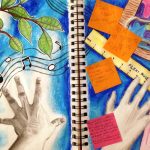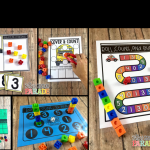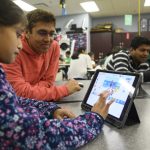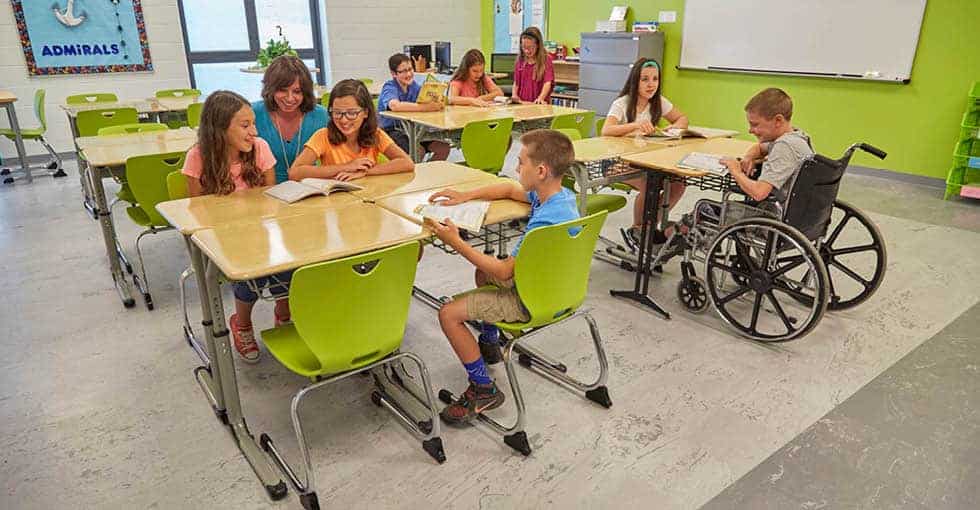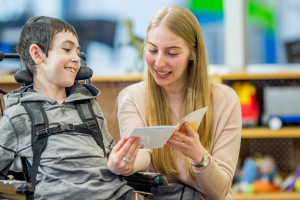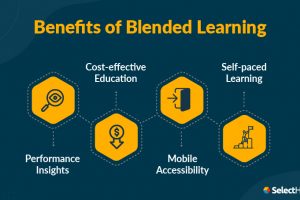
Inclusive classrooms that support diverse learners are critical for special needs students’ growth. Through personalized instruction, assistive technologies, accommodations, peer collaboration, and structural supports, teachers can create environments where students with disabilities or delays thrive alongside classmates. An inclusive community focused on abilities uplifts all.
Personalized and Differentiated Instruction
Teachers must get to know special needs students deeply to tailor instruction to their capabilities and learning styles. Building strong relationships is key, as students are individuals, not just labels. One-on-one assessments identify strengths, challenges, motivations, and interests to leverage in lessons. Instruction is then personalized through tools like targeted small group instruction, discussion options, multisensory content, and tailored assignment formats. Meeting unique needs accelerates outcomes.
Assistive Technologies
Assistive technologies provide essential support by enabling special needs students to engage with lessons and demonstrate knowledge. Text reader apps assist with reading comprehension. Speech to text tools help writing challenges. Digital educational games focus attention. Closed captioning, magnifiers, audio transcriptions, and other technologies aid processing. Asking students and families which tech aids learning is crucial. Tools unlock capability when matched to the individual.
Providing Necessary Accommodations
Legally mandated accommodations are also critical for removing barriers. Extended time, distraction-free settings, and modified assignments allow students to exhibit mastery. Behavior plans redirect students constructively. Printing slides, notes, and instructions facilitates processing and organization. Seating accommodations optimize focus. Accommodations level the playing field so special needs become irrelevant.
Facilitating Peer Collaboration
Peer interaction is another essential source of learning and growth. Teachers can facilitate natural peer bonds through partner and group projects. Structured roles provide opportunities to highlight strengths while developing teamwork skills. Peer tutoring programs enable students to help each other master content. Interdependence teaches that everyone has something to contribute.
Implementing School-Wide Support Structures
Finally, school-wide frameworks support inclusion and acceptance. Social emotional learning curriculums build community and empathy. Celebrating diversity through assemblies, guest speakers, and cross-cultural events shows that differences enrich schools. Special education staff training ensures continuity across contexts. Administrative commitment rallies all stakeholders. With systemic support, special becomes ordinary.
When personalized teaching, technologies, accommodations, peer learning, and school-wide inclusion intertwine, special needs students are empowered to fulfill potential alongside classmates. Forging ahead together makes schools stronger.

